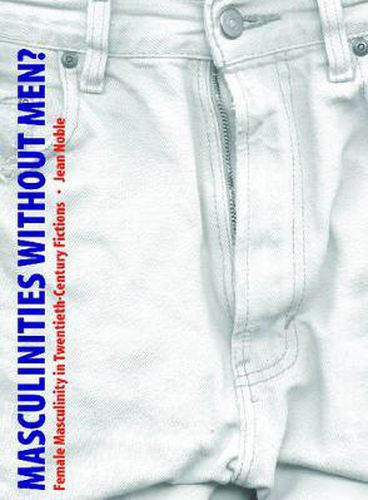Readings Newsletter
Become a Readings Member to make your shopping experience even easier.
Sign in or sign up for free!
You’re not far away from qualifying for FREE standard shipping within Australia
You’ve qualified for FREE standard shipping within Australia
The cart is loading…






In the late twentieth century, the field of gender studies began to theorize female masculinity as a subject of both historical and contemporary significance and to situate it within the fields of sexuality, gender, and cultural studies. This groundbreaking study maps historical similarities in fictional, cultural, and representational practices from 1918 to 1999. Noble looks at nineteenth-century sexology, drama, and trial transcripts, and at late twentieth-century counter-cultural texts, popular film, documentaries, and theoretical texts. Arguing that the masculine female figure which appears in late-twentieth-century culture and fiction has much in common with that of the late nineteenth century, Noble illustrates the ways in which both are represented through the same types of narratives, structures, and thematic techniques. Among the fictions analyzed are: Radclyffe Hall’s The Well of Loneliness, Leslie Feinberg’s Stone Butch Blues, the film Boys Don’t Cry, and Rose Tremain’s Sacred Country, a text that has never before been studied within the context of female masculinity. Of interest to scholars and students with an interest in sexuality and gender studies, this book also makes a vital contribution to both literary criticism and cultural studies.
$9.00 standard shipping within Australia
FREE standard shipping within Australia for orders over $100.00
Express & International shipping calculated at checkout
In the late twentieth century, the field of gender studies began to theorize female masculinity as a subject of both historical and contemporary significance and to situate it within the fields of sexuality, gender, and cultural studies. This groundbreaking study maps historical similarities in fictional, cultural, and representational practices from 1918 to 1999. Noble looks at nineteenth-century sexology, drama, and trial transcripts, and at late twentieth-century counter-cultural texts, popular film, documentaries, and theoretical texts. Arguing that the masculine female figure which appears in late-twentieth-century culture and fiction has much in common with that of the late nineteenth century, Noble illustrates the ways in which both are represented through the same types of narratives, structures, and thematic techniques. Among the fictions analyzed are: Radclyffe Hall’s The Well of Loneliness, Leslie Feinberg’s Stone Butch Blues, the film Boys Don’t Cry, and Rose Tremain’s Sacred Country, a text that has never before been studied within the context of female masculinity. Of interest to scholars and students with an interest in sexuality and gender studies, this book also makes a vital contribution to both literary criticism and cultural studies.